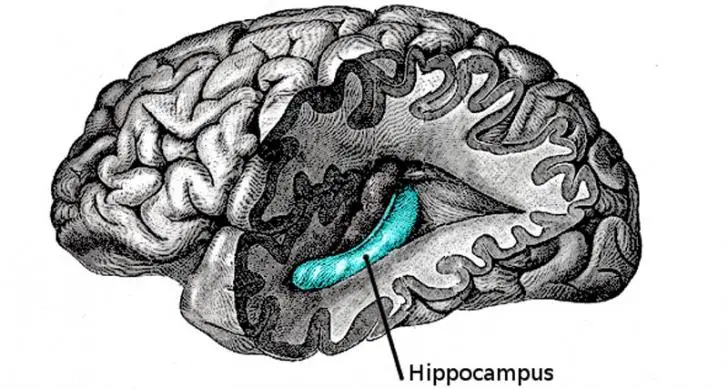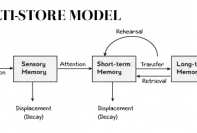The memory store that can store larger quantities of information for potentially unlimited duration, sometimes even a whole life span, is called Long-Term Memory. Its capacity is immeasurably large. If you can remember something that happened few days ago, or even years ago, then that piece of information is stored in your long term memory.
You might be completely oblivious to the information stored in your long term memory store, but that information can be called into working memory when you need it. Access to pieces stored in long term memory might not always be easy, as they aren’t created equal.
- Information of greater importance can be recalled more easily.
For instance, date of birth, wedding dates, and other memorable days are more important and easily remembered. - Frequently accessed information is also much stronger. Memories, quite like iron, will rust when not used for a long time, thus, becoming harder to access.

Capacity of Long-Term Memory
Despite large memory space, long term memory can also be forgotten. The forgetting process might take days, or even decades. N other words, long term memory can last for such long periods, unlike sensory and short-term memory, which generally has a strictly limited capacity and duration.
There are various factors that can affect how information is stored in Long Term Memory.
- Process of encoding the memory also plays a significant role. For instance, if you were aware and alert when you had a specific experience, you are more likely to recall that memory.
- Repeatedly calling out information from long term memory and putting it to everyday use strengthens that particular memory. For instance, you will have an easier time recalling information in exam if you have been recalling it over and over.
Also, telephone numbers can be remembered for years through repetition.
How Long-Term Memory differs from Short-Term Memory?
Other than the obvious difference of the memory storage capacity for information to be stored and the time duration it is stored for, another important difference lies in the process of encoding the memory.
- Long Term Memory (LTM) is encoded semantically.
- Short Term Memory (STM) is encoded acoustically
Information in STM can be switched to LTM through Rehearsal and Chunking. Elaborative Rehearsal is the process of connecting new information with previously stored, already existing associative structures. Using a word in a sentence is an example of elaborative rehearsal in which new word is connected with an associative structure.
Additionally,
- Research has suggested that long term memory storage in humans may be regulated by DNA methylation, Miller C, Sweatt J (2007-03-15).
- Covalent modification of DNA regulates memory information.
Types of Long Term Memory
Evidences show we have more than one type of long-term memory. Researchers have now distinguished types of memory into two types:
- Declarative (Explicit) memories
- Procedural (Implicit) memories
Declarative (Explicit) Memory
Consciously available memories are referred as explicit memory. Researchers have found out that medial temporal love is heavily involved in explicit learning.
Explicit memory is further classified into following subdivisions.
- Semantic Memory: The memory that is independent of context and refers to knowledge about factual information, such as meaning of words, is called semantic memory.
It also allows encoding of abstract knowledge about the world, such as “London is the capital of England”. - Episodic Memory: Episodic memory is more personal memories, such as the sensations, emotions, and personal associations of a particular place or time. Remembering names and certain interactions fall under this memory.
- Autobiographical Memory: It is generally viewed as a subset or equivalent to episodic memory, but it only deals with particular events within one’s personal life.
- Visual Memory: The part of memory that preserves some characteristics of our senses pertaining to visual experience is called visual memory. Memory information resembling objects, places, animals or people is stored in sort of a mental image. Visual memory has been known to result in priming.
Procedural (Implicit) Memory
This sort of memory is not based on the conscious recall of information, but on implicit learning. It is primarily involved in learning motor skills.
For instance, one does better in a certain task after repeated trails. Although no new explicit memories have been formed, mind unconsciously accesses aspects of theses previous experiences. Procedural memory depends on the cerebellum and basal ganglia.



